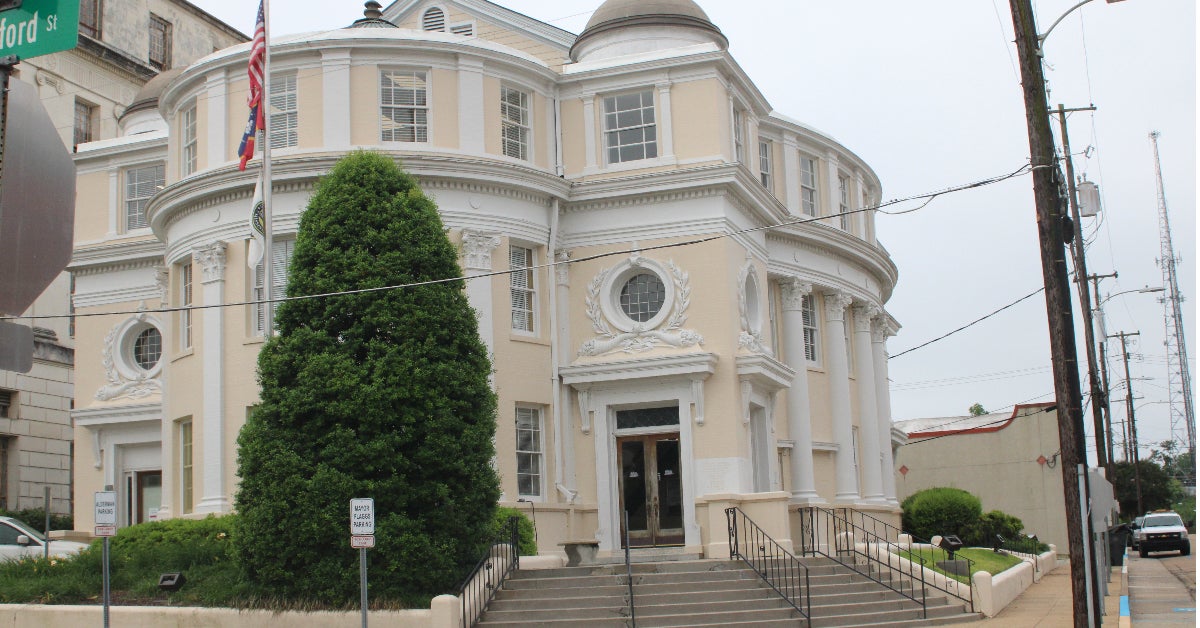Help on the way for leaky Warren County Jail
Published 12:00 am Monday, September 18, 2000
Warren County Sheriff’s Department Chief of Operations Otho Jones points to a leaky ceiling in the Warren County Jail. (The Vicksburg Post/PAT SHANNAHAN)
The Warren County jail will get more than a new roof during the fiscal year that begins next month; the red-brick, two-story building on Grove Street will be gaining another floor.
County officials allocated $1 million in their fiscal 2001 budget for replacing the roof and for construction of an additional level on top of the 1979 addition.
Plans are to replace the flat roof with an angled roof made of metal, similar to the one on the original building, said Richard George, president of the Warren County Board of Supervisors.
“Within a month, we should be in business,” George said.
One delay has been the historic designation of the original structure, built in 1906. The main concern has been that the roof on the addition matches the original building, George said. For that, the county needs permission from the Mississippi Department of Archives and History.
Once Archives and History signs off on the project, the county can begin advertising for bids.
“It appears as if we have it worked out,” George said.
“I commend the board and thank them for taking the necessary steps,” Sheriff Martin Pace said.
Since 1996, Pace has asked the county’s governing board to replace the roof because water leaks into cells and office spaces.
The leaks are affecting almost every part of the sheriff’s department and jail, Pace said. During heavy rains, water flows down the stairwells, drips into cells, and ceiling tiles in office spaces have to be replaced every few months, said Chief of Operations Otho Jones.
“It’s been getting progressively worse,” Pace said.
After the work to the 128-person facility is completed, the building will have a third floor, but for now there is no money in the 2000-2001 budget to put cells in the new section, he said.
The structure was designed to hold three floors, but funding shortages in 1979 limited the construction to two, George said.
“Why would we spend an enormous amount of money and not add the third floor?” he asked.
The third floor will eventually house more inmates, Pace said.





